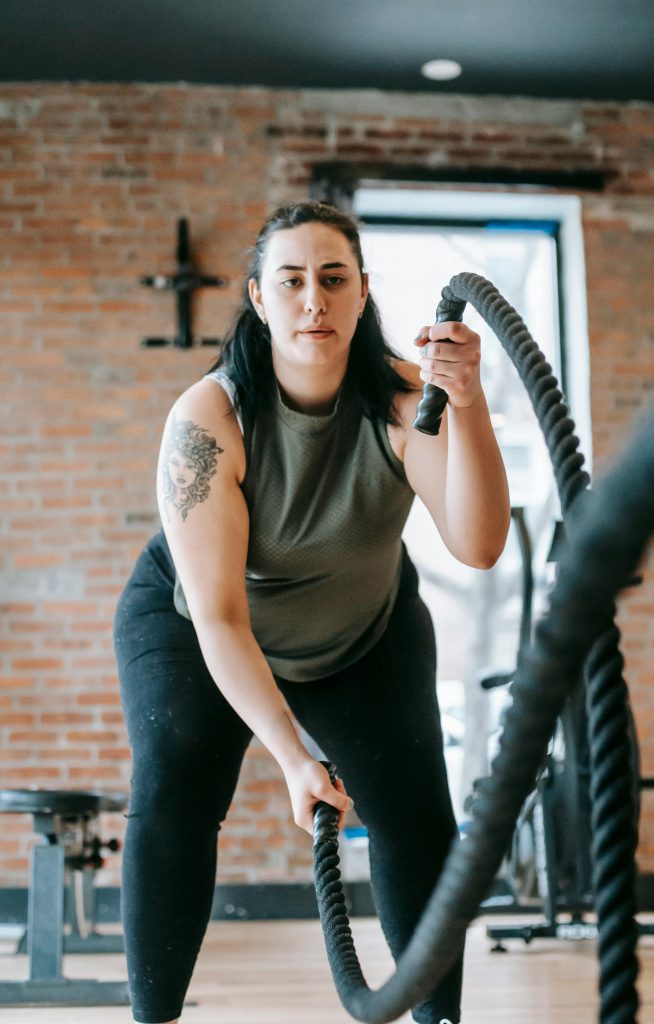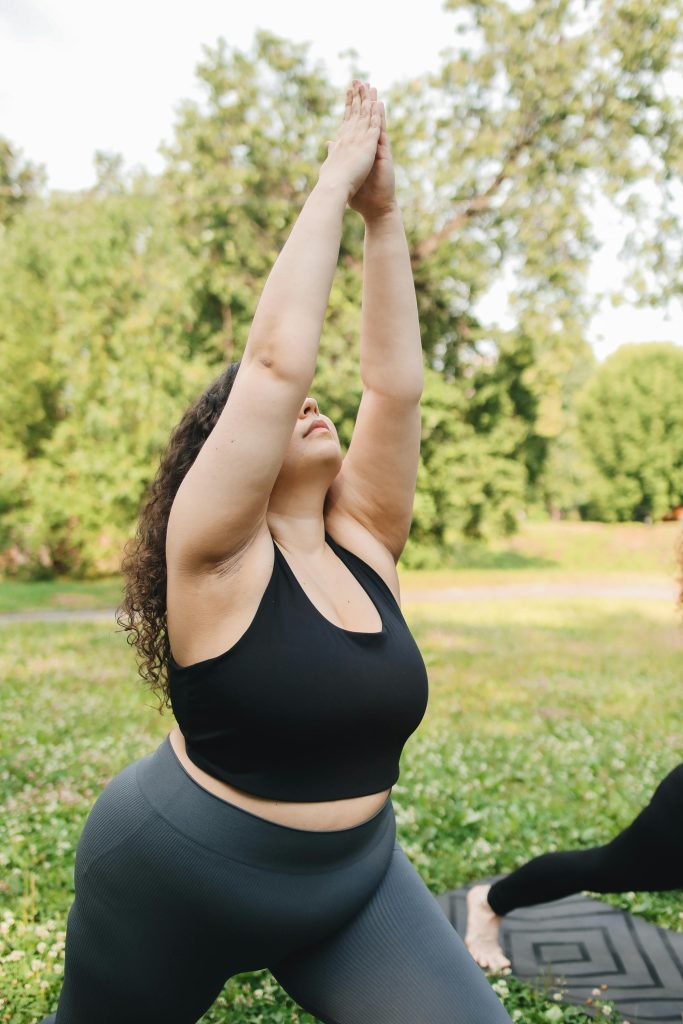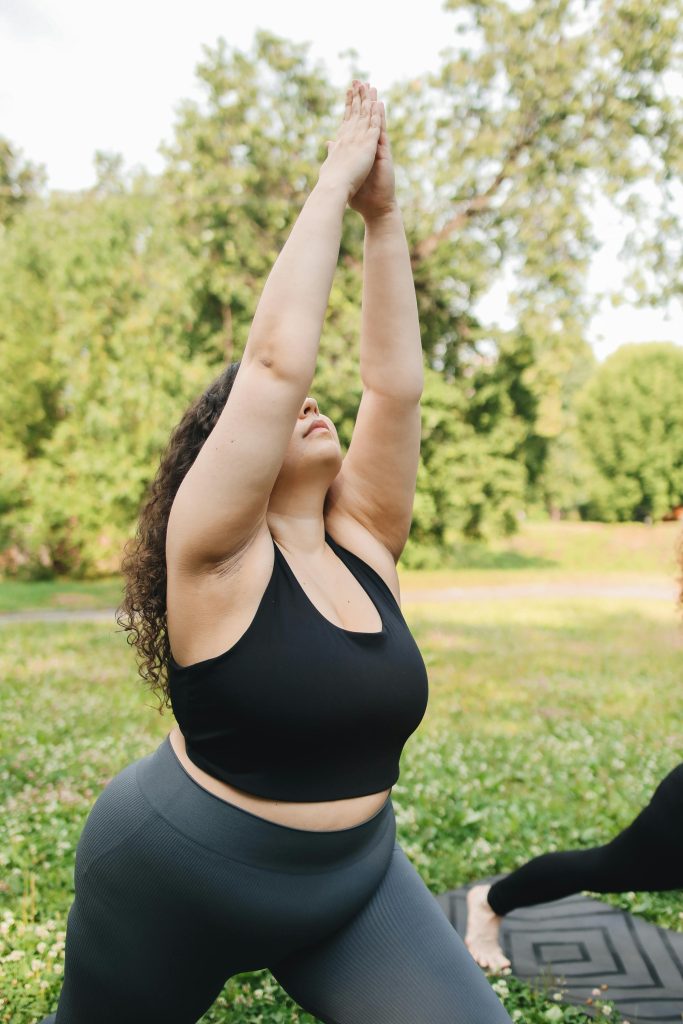Breaking the Treadmill of Stigma
The gym, a space often touted as a bastion of health and self-improvement, can unfortunately become a battleground for plus-sized individuals. The weight of societal stigma, compounded by internal anxieties, can transform what should be a positive experience into a source of dread. This blog post aims to dismantle the myths, address the realities, and offer strategies for navigating the gym environment with confidence and self-compassion.

The Weight of Perception: Unpacking the Stigma
The stigma surrounding plus-sized individuals in fitness spaces is multifaceted. It stems from a deeply ingrained cultural narrative that equates thinness with health and morality. This narrative often manifests in:
- Assumptions of Inactivity: People often think that plus-sized individuals are sedentary and lacking in motivation. This assumption ignores the diverse range of physical activity levels and health conditions that exist within the plus-size community.
- The “Before” Mentality: The gym is frequently framed as a space for weight loss, reinforcing the idea that plus-sized bodies are temporary “before” states. This can create a sense of inadequacy and perpetuate the belief that fitness is only valuable as a means to achieve a thinner physique.
- The Gaze of Judgment: The fear of being watched, judged, or ridiculed is a significant barrier for many plus-sized individuals. This fear is not unfounded, as experiences of unsolicited advice, stares, and even outright mockery are unfortunately common.
- Lack of Representation: The fitness industry often prioritizes thin, able-bodied individuals in its marketing and imagery, further marginalizing plus-sized individuals and reinforcing the idea that they don’t belong.

The Internal Struggle: Overcoming Self-Doubt
Beyond external judgments, plus-sized individuals often grapple with internal anxieties that can hinder their gym experience:
- Imposter Syndrome: The feeling of being an outsider in a space perceived as belonging to others can lead to imposter syndrome, where individuals doubt their right to be there.
- Fear of Injury: Concerns about joint pain, limitations in movement, and the potential for injury can create a sense of apprehension.
- Body Image Concerns: The gym environment can amplify existing body image anxieties, particularly when surrounded by images and individuals perceived as “ideal.”
- Past Negative Experiences: Previous experiences of weight-related discrimination, either in fitness settings or elsewhere, can create lasting emotional barriers.

Building a Foundation for Positive Experiences: Strategies for Success
Navigating the gym as a plus-sized individual requires a proactive and self-compassionate approach. Here are some strategies:
- Choosing the Right Environment:
- Explore Different Gyms: Consider smaller, community-focused gyms or studios that prioritize inclusivity and body positivity.
- Seek Out Inclusive Classes: Look for classes specifically designed for plus-sized individuals or those that emphasize functional fitness and movement for all bodies.
- Consider Off-Peak Hours: Exercising during less crowded times can minimize feelings of self-consciousness.
- Prioritizing Comfort and Support:
- Wear Comfortable Clothing: Choose workout attire that fits well and allows for freedom of movement. Prioritize comfort over conforming to perceived “gym fashion.”
- Find a Supportive Community: Connect with other plus-sized individuals who share similar experiences. Oonline communities and local support groups can provide invaluable encouragement.
- Consider a Personal Trainer: A qualified personal trainer with experience working with plus-sized clients can provide tailored guidance and support but ensure the trainer is respectful and focused on health, not just weight loss.
- Shifting the Focus: Embracing Movement for Well-being:
- Focus on Functionality: Prioritize exercises that improve strength, flexibility, and cardiovascular health, rather than solely focusing on calorie burn.
- Find Activities You Enjoy: Experiment with different activities to discover what you genuinely enjoy, which will increase motivation and adherence.
- Celebrate Non-Scale Victories: Acknowledge and celebrate improvements in strength, endurance, and overall well-being, rather than solely focusing on weight changes.
- Practice Self-Compassion: Be kind and patient with yourself. Remember that fitness is a journey, not a destination.

Change Everyone´s Perspective
- Advocating for Change:
- Speak Up: If you experience discrimination or witness inappropriate behavior, don’t hesitate to report it to gym staff or management.
- Support Inclusive Businesses: Patronize gyms and fitness professionals that prioritize inclusivity and body positivity.
- Share Your Experiences: Sharing your stories can help raise awareness and challenge the stigma surrounding plus-sized individuals in fitness spaces.
- Understanding potential health benefits:
- Cardiovascular health: Even small amounts of increased activity can improve heart health.
- Improved mental health: Exercise of any kind is proven to increase mental wellness.
- Increased mobility: Strength training and flexibility training can help increase mobility for people of any size.
- Improved sleep: Regular exercise improves sleep quality.

The Future of Fitness: Embracing Inclusivity
The fitness industry has a responsibility to create spaces where everyone feels welcome and supported, regardless of size or shape. This requires a shift in focus from weight loss to overall well-being, a commitment to inclusivity, and a willingness to challenge harmful stereotypes. By embracing diversity and promoting body positivity, we can create a future where the gym is a space for empowerment and self-care for all.


